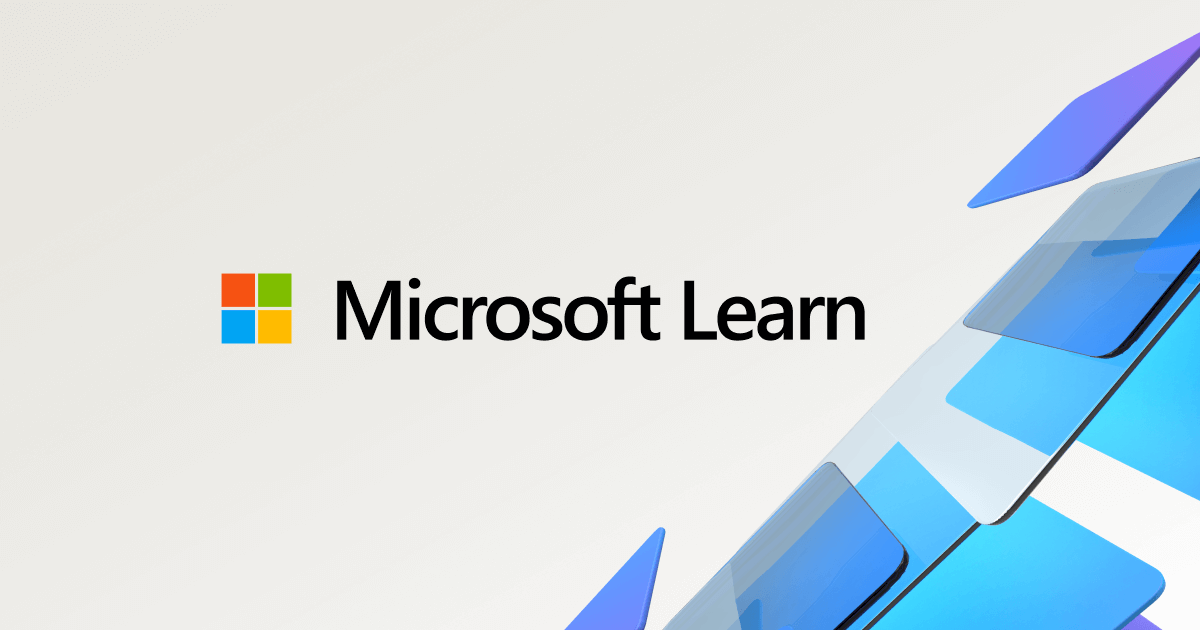- Joined
- Nov 16, 2023
- Messages
- 2,471 (4.41/day)
- Location
- Nowhere
| System Name | I don't name my rig |
|---|---|
| Processor | 14700K |
| Motherboard | Asus TUF Z790 |
| Cooling | Air/water/DryIce |
| Memory | DDR5 G.Skill Z5 RGB 6000mhz C36 |
| Video Card(s) | RTX 4070 Super |
| Storage | 980 Pro |
| Display(s) | 1080P 144hz |
| Case | Open bench |
| Audio Device(s) | Some Old Sherwood stereo and old cabinet speakers |
| Power Supply | Corsair 1050w HX series |
| Mouse | Razor Mamba Tournament Edition |
| Keyboard | Logitech G910 |
| VR HMD | Quest 2 |
| Software | Windows |
| Benchmark Scores | Max Freq 13700K 6.7ghz DryIce Max Freq 14700K 7.0ghz DryIce Max all time Freq FX-8300 7685mhz LN2 |
Feel micro seconds latency. Placebo.Frankly I've never used it and similarly frowned at all the CS(2) ultra pro's chasing their 300 FPS pipe dream that still relies mostly on the server and the internet connectionBut yeah... measuring latency. I just feel latency. Much more reliable - its either responsive or too slow.
Audio guy. Uses latencymon program, fakes fix. Replaced bad rca cable instead....
It's like fps. You can see the difference with a number. If you didn't see a number and its smooth, none the wiser. See console gaming.

Humans have infinite resolution, but all scientifically test show the brain is easily fooled. See latencymon program.

Even aida memory latency test. Like we can feel 10ns. Human reaction time is 250ms.
We are looking at (measuring) ms and us.
OK, whats the softwares poll rate set at? 1000ms? It is never a constant poll rate.
It's just a useless program everyone just installed. Fathom what a millisecond in time is.... haha.









